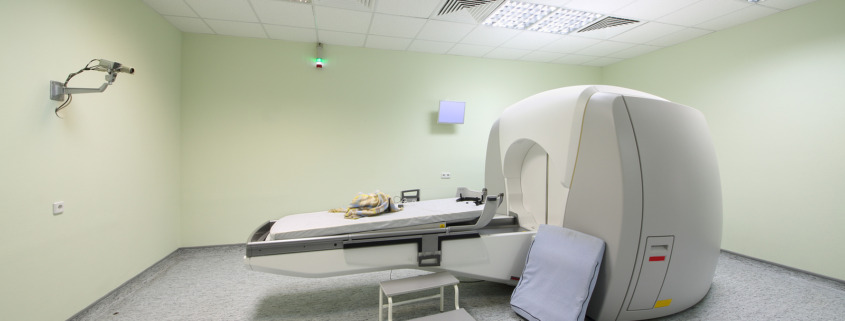How Should You Get Ready For Your Gamma Knife Treatment?
A lot of the preparation for a Gamma Knife radiosurgery treatment is undertaken by your specialist radiotherapy team to ensure that your treatment is as effective, comfortable and comprehensive as is safely possible.
In terms of radiotherapy treatments, Gamma Knife stereotactic radiosurgery is one of the oldest, one of the most precise and one of the most effective treatments for a wide range of brain conditions from primary and secondary cancer to trigeminal neuralgia and other types of brain tumours.
The effectiveness of the treatment and the ability to precisely target specific parts of the brain means that treatment can typically be completed in one day. Unlike conventional surgery, most people who undergo Gamma Knife treatments can go home the same day.
There are some basic preparations to make first, in order to ensure that the treatment is as simple as possible, and most of these are similar to those for any other type of surgery or medical procedure.
Referral And Consultation
The first steps will involve a referral by a doctor and a meeting with a radiation oncologist who will oversee your treatment, check your medical history and run tests to determine if it is the right option for you, often working with your multidisciplinary team to develop a complete treatment plan.
Ultimately, whilst an MDT and specialist oncologists can recommend treatments, the final choice will be yours and you will be supported throughout the planning and decision-making process.
Once you agree, we will arrange for the treatment to be undertaken at a time to suits you, discuss the next steps, look at the treatment room with you and have the chance to answer any questions you may have.
Before The Day Of Treatment
You will need someone to take you to the radiotherapy centre on the day of the treatment and back home, so make sure to make suitable arrangements to ensure you have someone with you. They will be there to take you home and make sure you have everything you need before and after treatment.
Your oncologist will let you know what medications you should take the night before and in the morning.
You should wash your hair, but avoid using anything other than shampoo in your hair if you tend to use conditioner or topical solutions as part of your hair care routine.
Avoid putting on makeup, take out any piercings that you can so they do not interfere with MRI scans and opt for loose-fitting clothing. You want to be as comfortable and relaxed as possible.
Planning And Preparation
Depending on the appointment and type of treatment, the first step when you arrive for your Gamma Knife treatment will involve preparing you for the treatment, the final imaging scans and the final planning process.
Because Gamma Knife is typically a one-day procedure, the planning is often done the day of your treatment because precision is key and the closer the scans are to the treatment, the more accurate it will be.
You should not eat after midnight the night of the treatment in order to settle your stomach.
Fitting The Gamma Knife Frame Or Mask
Depending on the treatment you are having, you will either have a lightweight metal frame or a plastic mesh mask fitted tightly to your face or head.
If a frame is being fitted, you will receive four shots of local anaesthetic to numb parts of your head so the frame can be fitted. This part will not be painful but might feel tight for a few minutes.
This is often done during the imaging process, and you will get a chance to relax in another room. Whilst the treatment is painless, sedation is available to help you relax as well, and throughout the treatment process, you will be able to talk to your doctors at any time.
Gamma Knife Treatment
When it is time for the treatment, the frame will be fitted to the bed of the Gamma Knife machine and the plan will start as soon as both you and the doctors are ready.
The treatment itself can last between 20 minutes and four hours depending on the nature and complexity of the treatment, but you will be told beforehand how long you should expect treatment to take.
As it is not a surgical treatment, you may hear a chime, a bell or just be told directly that the treatment is completed, whilst the radiotherapist will take off the mask or frame and apply a bandage to your head.


